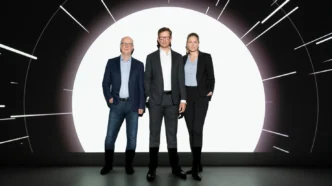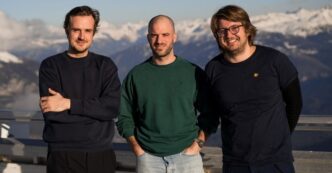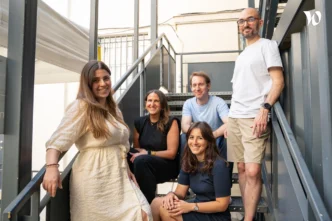Marvel Fusion, a nuclear fusion startup based in Munich, has closed a €113 million Series B round. The company raised an additional €50 million from new and returning investors. New backers include EQT Ventures, Siemens Energy Ventures, and the European Innovation Council (EIC) Fund. This marks the EIC’s first equity investment in a fusion energy company. Returning investors Tengelmann Ventures and Bayern Kapital also participated.
Funding to Support Transition from Lab to Industrial Scale
The new capital will support Marvel Fusion’s move from research to commercial development. A large part of the funds will go toward improving its high-energy laser systems. These lasers are key to the company’s unique fusion approach.
Marvel Fusion is building two advanced laser prototypes. It is also forming industrial partnerships to support future production. One major project is a $150 million laser facility in the U.S., built in partnership with Colorado State University. This site will test and validate the company’s fusion process. At the same time, Marvel Fusion is collaborating with Siemens Energy on the design of a full-scale fusion power plant.
Solving Energy Security and Climate Challenges
Founded in 2019, Marvel Fusion was launched by Georg Korn, Karl-Georg Schlesinger, Moritz von der Linden, and entrepreneur Pasha Shabalin. The company’s team includes leading physicists, engineers, and laser experts.
Marvel Fusion aims to address two major global issues: energy security and climate change. As energy prices rise and geopolitical risks increase, Europe is searching for clean, stable power sources. Fusion energy could offer a long-term solution. It provides safe, carbon-free electricity using a nearly limitless fuel supply.
How Marvel Fusion’s Laser-Based Reactor Stands Out
Unlike magnetic confinement fusion systems like ITER, Marvel Fusion uses a compact, laser-based approach. Its method is based on inertial confinement fusion (ICF). Ultra-powerful lasers target fuel pellets, creating fusion reactions that release clean energy.
This design has several advantages. It is easier to scale and potentially cheaper than large fusion reactors. With improved laser and fuel target design, Marvel Fusion believes it can offer a reliable source of affordable electricity.
Global Fusion Startups Enter the Race
Marvel Fusion is not alone in its mission. Other startups are also racing to develop commercial fusion technology:
- TAE Technologies (US): Uses beam-driven plasma confinement and boron fuel.
- Commonwealth Fusion Systems (US): Focuses on tokamak reactors using high-temp superconducting magnets.
- Helion Energy (US): Backs magneto-inertial fusion and raised $425 million from investors including Sam Altman.
- First Light Fusion (UK): Explores projectile-driven inertial fusion as a low-cost solution.
What sets Marvel Fusion apart is its laser-first approach. This gives it potential advantages in cost, scalability, and system simplicity.
Next Steps: Testing, Partnerships, and Commercial Readiness
Marvel Fusion’s roadmap includes key milestones. These involve finalizing its laser systems, launching the U.S.-based testing facility, and strengthening ties with industrial partners like Siemens Energy. Most importantly, the company aims to show that its fusion system can produce more energy than it uses. Reaching this goal would be a major step toward commercial fusion power.
Investors Back Fusion as a Strategic Energy Priority
CEO Moritz von der Linden expressed excitement about the funding:
“Welcoming the EIC Fund, EQT Ventures, and Siemens Energy to our shareholder board gives us the support we need to move forward. We’re now one step closer to building the world’s first working fusion prototype.”
Juha Pankakoski of Siemens Energy added:
“We’ve worked closely with Marvel Fusion and will continue to share our expertise. We want to help bring this critical technology to life.”
Antonia Schmalz from SPRIND, one of the early supporters, said:
“SPRIND funded Marvel Fusion’s first two prototypes. We’re proud to support their efforts to scale laser production and build a full fusion power plant.”
Ted Persson of EQT Ventures commented:
“Solving fusion could define the next generation. We’ve tracked this space for years, and Marvel Fusion’s team has made real progress. We’re thrilled to partner with them.”
Svetoslava Georgieva, Chair of the EIC Fund Board, concluded:
“Our investment shows that we see fusion as a strategic priority for Europe. Marvel Fusion’s innovation aligns with our goals to back deep-tech solutions that matter.”













